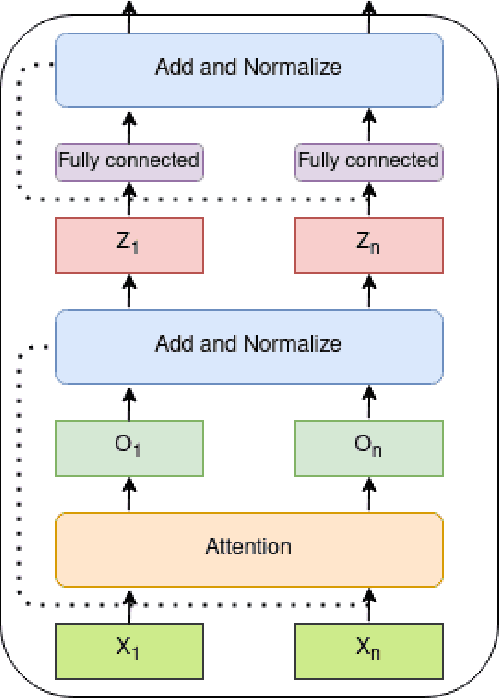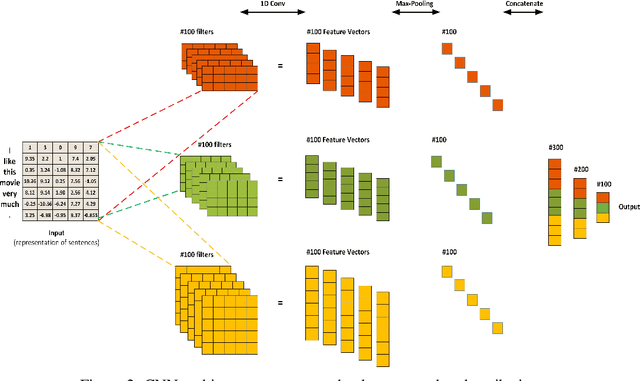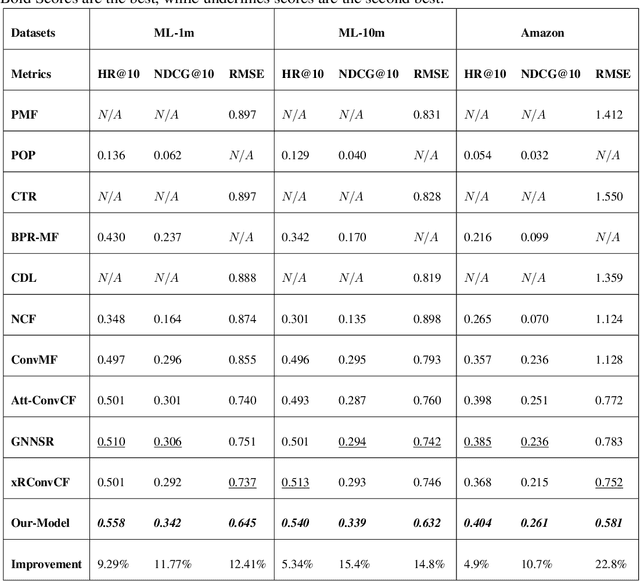Meysam Varasteh
Designing a Sequential Recommendation System for Heterogeneous Interactions Using Transformers
Apr 30, 2022



Abstract:While many production-ready and robust algorithms are available for the task of recommendation systems, many of these systems do not take the order of user's consumption into account. The order of consumption can be very useful and matters in many scenarios. One such scenario is an educational content recommendation, where users generally follow a progressive path towards more advanced courses. Researchers have used RNNs to build sequential recommendation systems and other models that deal with sequences. Sequential Recommendation systems try to predict the next event for the user by reading their history. With the massive success of Transformers in Natural Language Processing and their usage of Attention Mechanism to better deal with sequences, there have been attempts to use this family of models as a base for a new generation of sequential recommendation systems. In this work, by converting each user's interactions with items into a series of events and basing our architecture on Transformers, we try to enable the use of such a model that takes different types of events into account. Furthermore, by recognizing that some events have to occur before some other types of events take place, we try to modify the architecture to reflect this dependency relationship and enhance the model's performance.
An Improved Hybrid Recommender System: Integrating Document Context-Based and Behavior-Based Methods
Sep 12, 2021



Abstract:One of the main challenges in recommender systems is data sparsity which leads to high variance. Several attempts have been made to improve the bias-variance trade-off using auxiliary information. In particular, document modeling-based methods have improved the model's accuracy by using textual data such as reviews, abstracts, and storylines when the user-to-item rating matrix is sparse. However, such models are insufficient to learn optimal representation for users and items. User-based and item-based collaborative filtering, owing to their efficiency and interpretability, have been long used for building recommender systems. They create a profile for each user and item respectively as their historically interacted items and the users who interacted with the target item. This work combines these two approaches with document context-aware recommender systems by considering users' opinions on these items. Another advantage of our model is that it supports online personalization. If a user has new interactions, it needs to refresh the user and item history representation vectors instead of updating model parameters. The proposed algorithm is implemented and tested on three real-world datasets that demonstrate our model's effectiveness over the baseline methods.
 Add to Chrome
Add to Chrome Add to Firefox
Add to Firefox Add to Edge
Add to Edge